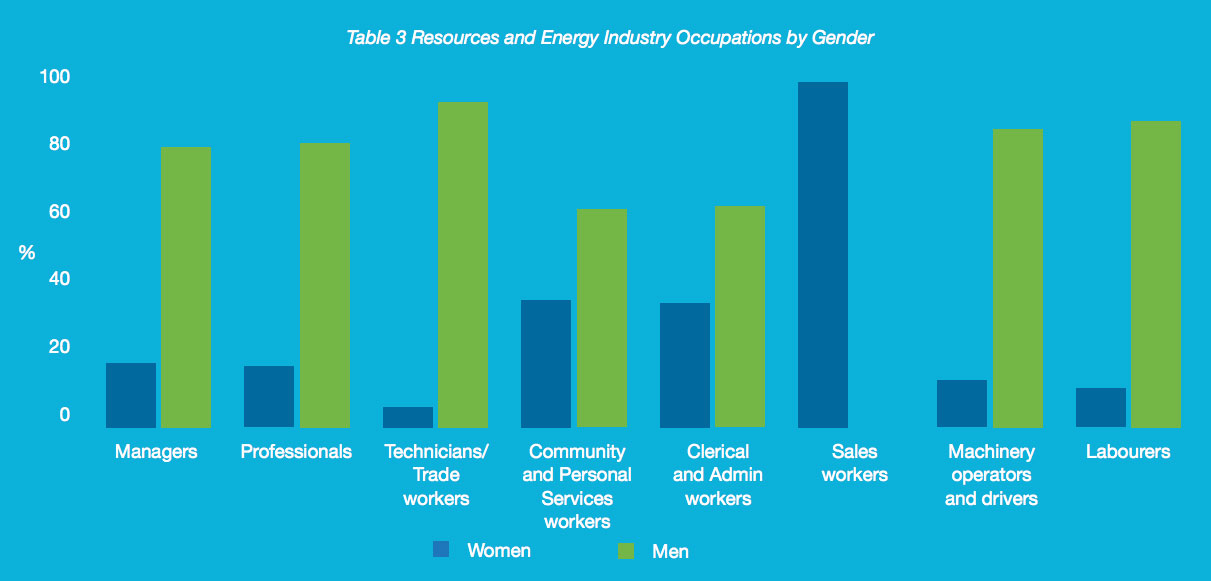Fewer women are working in resources – but they’re getting paid more

Pic: Bloomberg Creative / Bloomberg Creative Photos via Getty Images
The gender gap in Australia’s mining industry has worsened in recent years — but new research shows the industry is paying women more.
Female representation in resources has fallen from 15.2 per cent in the boom times of 2012 to 14 per cent today, according to a new report released on International Women’s Day by the Australian Women in Resources Alliance group.
And just 2.5 per cent of mining company CEOs are female, according to the Gender Diversity in the Australian Resources and Energy Industry report.
There’s good reason for shareholders to demand that ASX-listed companies address gender equity.
“Research and data shows that increasing the number of women in the workforce correlates strongly with increased financial performance, better governance, stronger risk management and increased innovation,” the report says.
“A global study of almost 22,000 companies across 91 countries found those with 30 per cent female executives obtained as much as six percentage points more in profits,” the group said.
- Bookmark this link for small cap breaking news
- Discuss small cap news in our Facebook group
- Follow us on Facebook or Twitter
- Subscribe to our daily newsletter
The last time the group studied gender diversity in the Australian mining industry in 2012, it found 15.2 per cent of the 263,000 workers were female.
“In comparison, there are around 208,200 people employed in the resources and energy industry as of 2018, of which 14 per cent are women.”
The dip was caused largely by a transition from a period of heavy investment in new projects, to a phase where commodity production from existing projects was ramping up.
“The production stage of a project is typically less labour-intensive than the construction phase and often requires a workforce with greater technical skills. Women historically have less representation in these roles,” the group said.

The mining industry performed much better than other industries in the gender pay gap, however.
Women employed in resource and energy industries suffered a 14.5 per cent pay gap — compared to a 25.4 per cent gap across all industries.
“The resources and energy sector may have the smallest gap of any industry, but recognises that any gap is still unacceptable,” said the group’s spokesperson Tara Diamond.
Download the full report (PDF).
When it comes to the ASX, there has been a concerted effort to encourage the participation of women in the market.
On International Women’s Day, the ASX led 61 global exchanges in ringing the bell for gender equality, close to every recognised exchange in the world.
“This bodes very well not just for the private sector but for the communities they serve and the countries they help build,” Women in EFTs representative Daphne Van Der Oord told the gathering at the market open.
“But research by the world economic forum suggests that if we continue at today’s pace it would take 217 years to resolve the economic gender gap. We have to keep that bell ringing.”
UNLOCK INSIGHTS
Discover the untold stories of emerging ASX stocks.
Daily news and expert analysis, it's free to subscribe.
By proceeding, you confirm you understand that we handle personal information in accordance with our Privacy Policy.








